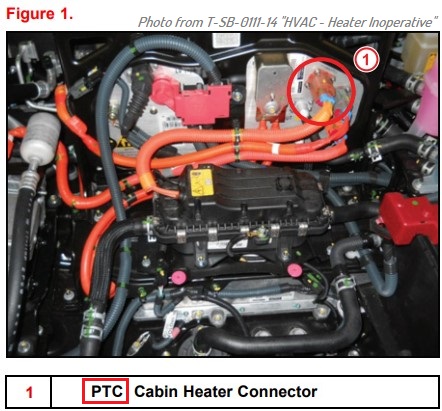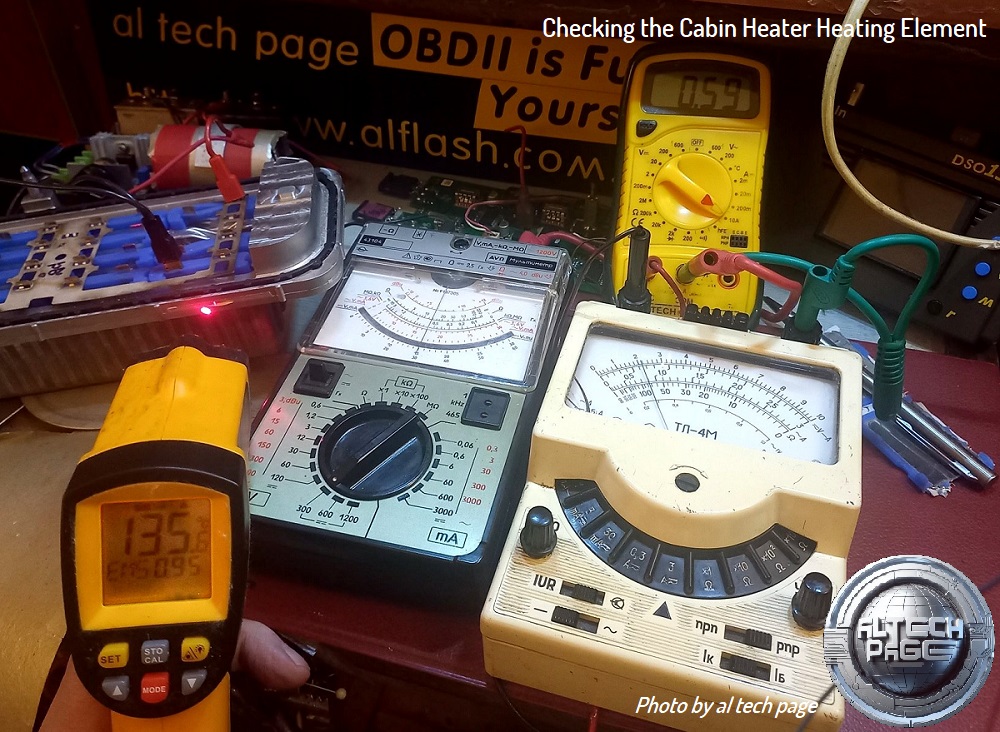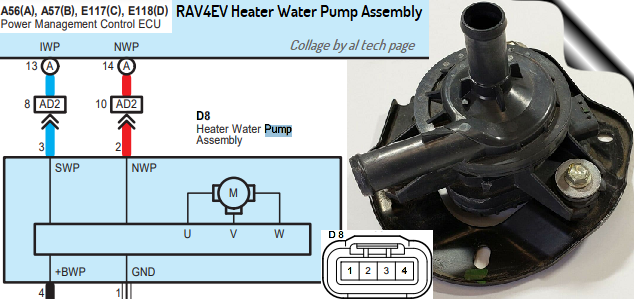I put it all back together and I can't get it to go into ready mode - It also wont charge.
So I checked my 12 volt battery - which is 3-4 months old (but the car has been sitting a month or so with no charging or driving)
The 12 volt battery measured 11.32 volts - which double surprised me - so I have it on a charger - I will disconnect it and reconnect it once fully charged. Hopefully that will solve the problems.
My last 12 volt check was to see what the voltage was when the car was on - it was 14.something - so i assumed dc-dc was working.,
The only things I disconnected were - 12 volt battery - high voltage plug - Jdemo plugs 1 & 3 and the plug the heater pump that had broken wires.
I never disconnected the HV Plug before but it seemed to reseat ok.
So I checked my 12 volt battery - which is 3-4 months old (but the car has been sitting a month or so with no charging or driving)
The 12 volt battery measured 11.32 volts - which double surprised me - so I have it on a charger - I will disconnect it and reconnect it once fully charged. Hopefully that will solve the problems.
My last 12 volt check was to see what the voltage was when the car was on - it was 14.something - so i assumed dc-dc was working.,
The only things I disconnected were - 12 volt battery - high voltage plug - Jdemo plugs 1 & 3 and the plug the heater pump that had broken wires.
I never disconnected the HV Plug before but it seemed to reseat ok.

































